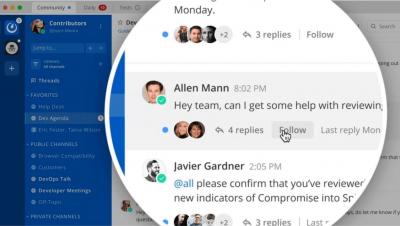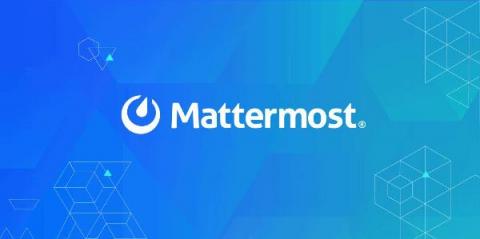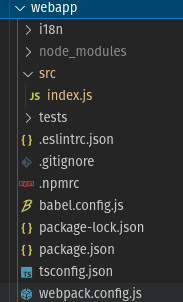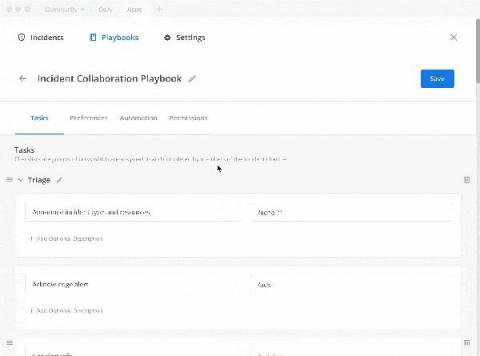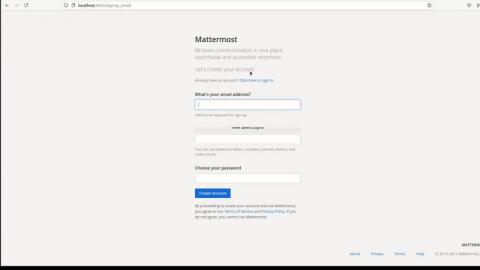Operations | Monitoring | ITSM | DevOps | Cloud
Messaging
Looking forward to the next big Mattermost product milestone: Mattermost v6.0
The Mattermost team is actively working on our next major product release: Mattermost v6.0 is shipping this fall. That’s right around the corner! In advance of the release, we’d like to communicate some specifics on select features being promoted from beta to generally available and upcoming deprecations. We would also like to share a glimpse of what’s coming.
Mattermost plugins: The web app
This is the fourth installment in a series of articles on Mattermost plugins. First, we talked about how to set up your developer environment. We then examined the structure of server-side and web app plugins before walking through how to build a server-side plugin in Mattermost. In this piece, we’ll explore how to create web app plugins. The web app is written in JavaScript. It uses Redux, and you can write your plugin in Typescript as well. In this article, we’ll use JavaScript.
Monitor ActiveMQ Artemis and Classic with Datadog
ActiveMQ is a message broker that uses standard protocols to route messages between disparate services. ActiveMQ currently offers two versions—Classic and Artemis—that it plans to merge into a single version in the future. Both versions provide high throughput, support synchronous and asynchronous messaging, and allow you connect loosely coupled services written in different languages.
Mattermost v5.36 is now available
Mattermost v5.36 is generally available today. This release includes the following new features (see changelog for more details): Enterprise Edition All Editions
Complex Messaging Workflows on Demand with VMware Tanzu RabbitMQ 1.1
Three months ago, we launched VMWare Tanzu RabbitMQ for Kubernetes to automate high-performance messaging on demand with our cluster Operator.* Since then, customers have approached us with higher-level needs that inspired us to extend and improve Tanzu RabbitMQ. In other words, you’ve spoken, and we’ve listened. And so now, in version 1.1, we go well beyond automating cluster operations to orchestrating complex topologies, adding alerts, and previewing active-passive replication.
How to get started with Mattermost on Kubernetes in just a few minutes
Since it first appeared in June 2014, Kubernetes has become something of a household name, at least in houses developers live in. The open source container orchestration platform makes challenges like load balancing, secret management, and portability a cinch and makes it easy to orchestrate large, highly scalable and distributed systems.
Mattermost Recipe: Leveraging the Kubernetes Operator to deploy our Community Server
Here’s the next installment in our Mattermost Recipes series. The goal of these posts is to provide you with solutions to specific problems, as well as a discussion about the details of the solution and some tips about how to customize it to suit your needs perfectly. If there’s a Recipe you want us to cook up in the future, drop us a line on our forum.
Tackling remote workforce security challenges post-pandemic
In the wake of the COVID-19 pandemic, many organizations are adopting or experimenting with new models of long-term remote work. For some, that means keeping their teams fully distributed. For others, it means giving employees more flexibility to work from home or even simply putting plans in place for the future. But this shift to remote work brings new challenges that both large enterprises and smaller organizations must face.


